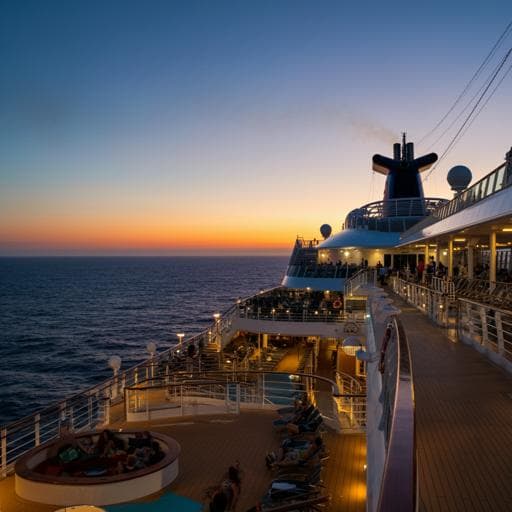
Business
Exploring the factors affecting cruise passengers’ perceptions of value for money expressed in online reviews
Y. Jiao, Y. Lau, et al.
Discover the key factors influencing cruise passengers' perceptions of value for money, based on an analysis of approximately 100,000 online reviews. This research by Yue Jiao, Yui-yip Lau, and Jing Gao reveals how experiential attributes significantly affect perceived value while offering crucial insights for cruise companies to enhance customer satisfaction.
~3 min • Beginner • English
Related Publications
Explore these studies to deepen your understanding of the subject.







